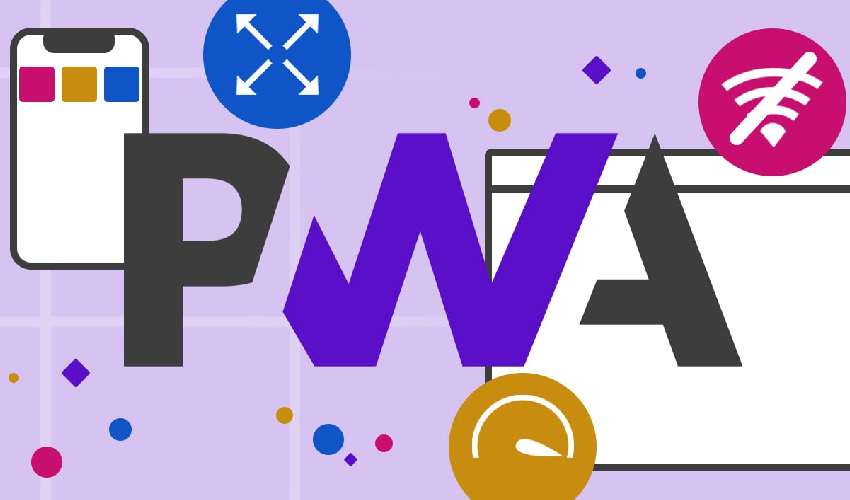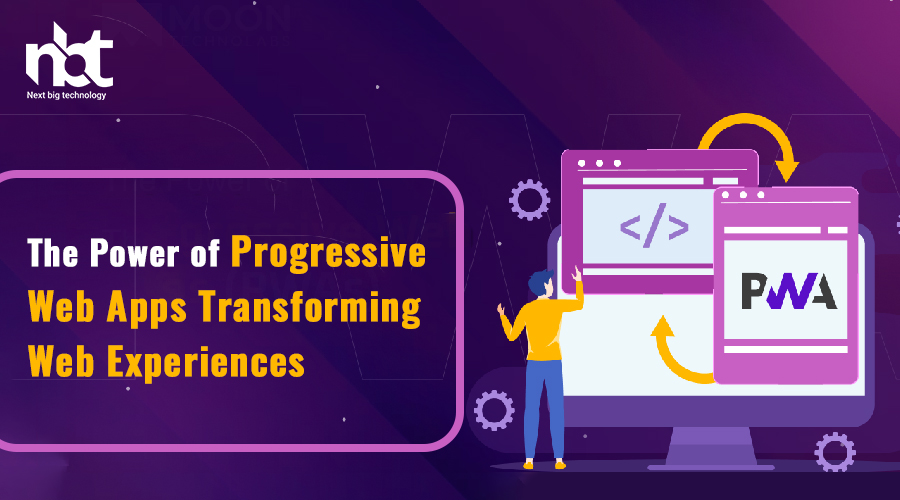Table of Contents
Introduction
In the ever-evolving digital landscape, web development is constantly pushing the boundaries of what is possible. One such innovation that has taken the internet by storm is Progressive Web Apps (PWAs). These cutting-edge applications are revolutionizing the way we experience the web. In this article, we will explore the power of Progressive Web Apps and how they are transforming web experiences for users and businesses alike.
What Are Progressive Web Apps (PWAs)?

Progressive Web Apps, often referred to as PWAs, are a new generation of web applications that combine the best of both web and mobile app experiences. They are designed to offer a seamless, fast, and engaging user experience, regardless of the device or network conditions. PWAs are built using web technologies such as HTML, CSS, and JavaScript but offer features traditionally associated with native mobile apps.
Key Features of PWAs
- Progressive Enhancement: PWAs are built to work on all devices, from smartphones to desktops, ensuring a consistent experience for all users.
- Responsive Design: They adapt to different screen sizes, making them user-friendly across various devices.
- Offline Access: PWAs can work offline or with a weak internet connection, thanks to service workers that cache content.
- App-Like Experience: They offer an app-like navigation and interaction, including smooth animations and gestures.
- Push Notifications: PWAs can send push notifications to engage users even when they are not actively using the app.
Benefits of PWAs

Improved Performance
PWAs are designed for speed. They load quickly and respond smoothly to user interactions, making them feel like native apps. This enhanced performance translates into better user satisfaction and longer session times.
Offline Accessibility
One of the standout features of PWAs is their ability to function offline. Users can access content and use certain features even when they’re not connected to the internet. This is a game-changer for users in areas with unreliable network coverage.
Cross-Platform Compatibility
PWAs eliminate the need for developing separate apps for different platforms. A single PWA can run seamlessly on iOS, Android, and desktop browsers, reducing development costs and maintenance efforts.
Cost-Effective Development
Compared to native app development, building PWAs is often more cost-effective. Businesses can save on development and maintenance expenses while reaching a broader audience.
SEO-Friendly
PWAs are designed with SEO in mind. Their responsive design and quick loading times positively impact search engine rankings, resulting in better discoverability.
Real-World Examples
Let’s take a look at some real-world examples of companies leveraging the power of PWAs to transform their web experiences:

1. Twitter Lite
Twitter Lite is a PWA that delivers a fast and engaging Twitter experience even on slow networks. It has helped Twitter increase user engagement and reach new audiences in emerging markets.
2. Pinterest
Pinterest’s PWA loads four times faster than its previous mobile website. This has led to a significant increase in user-generated content and improved user retention.
3. Flipkart
Flipkart, one of India’s largest e-commerce platforms, saw a 70% increase in conversions after launching their PWA. The offline capability and fast loading times have been a game-changer for their users.
The Future of Web Experiences

As the adoption of Progressive Web Apps continues to grow, we can expect to see even more exciting innovations in web development. The power of PWAs lies in their ability to bridge the gap between web and mobile app experiences, offering users a fast, reliable, and engaging platform to interact with content and services.
Conclusion
Progressive Web Apps are reshaping the digital landscape, offering businesses and users a powerful and versatile tool for transforming web experiences. With their impressive performance, offline accessibility, and cross-platform compatibility, PWAs are here to stay. Embracing this technology can provide a competitive edge and deliver exceptional web experiences for a wide range of users.
Thanks for reading our post “The Power of Progressive Web Apps: Transforming Web Experiences”. Please connect with us to know more about The Power of Progressive Web Apps.










